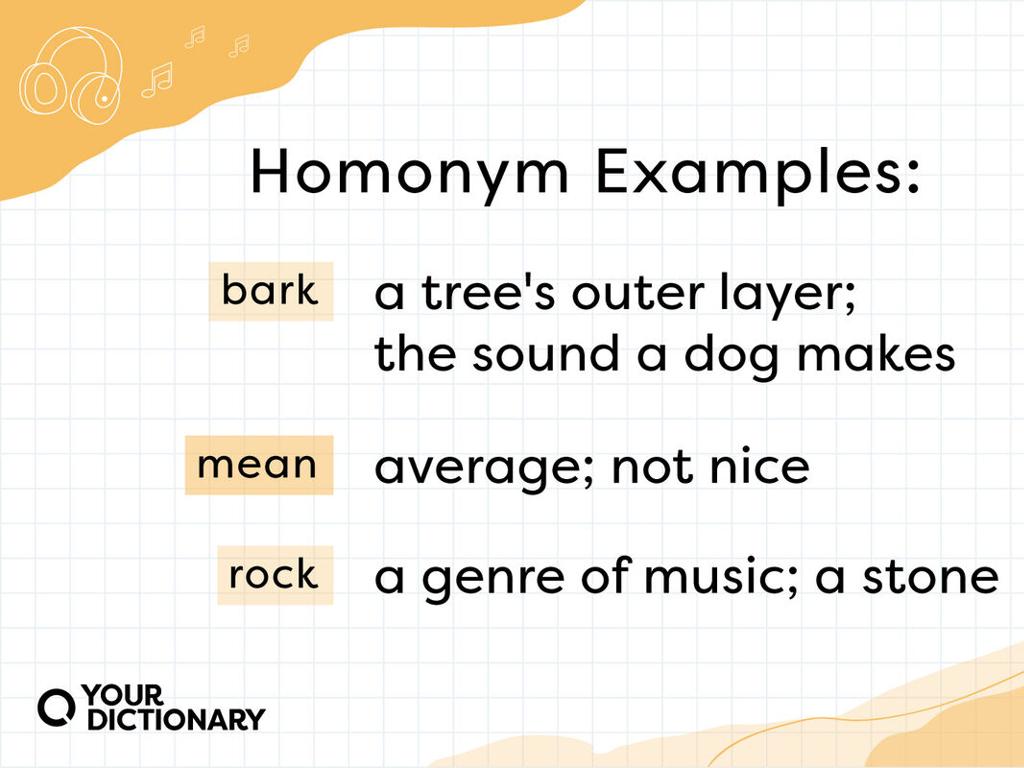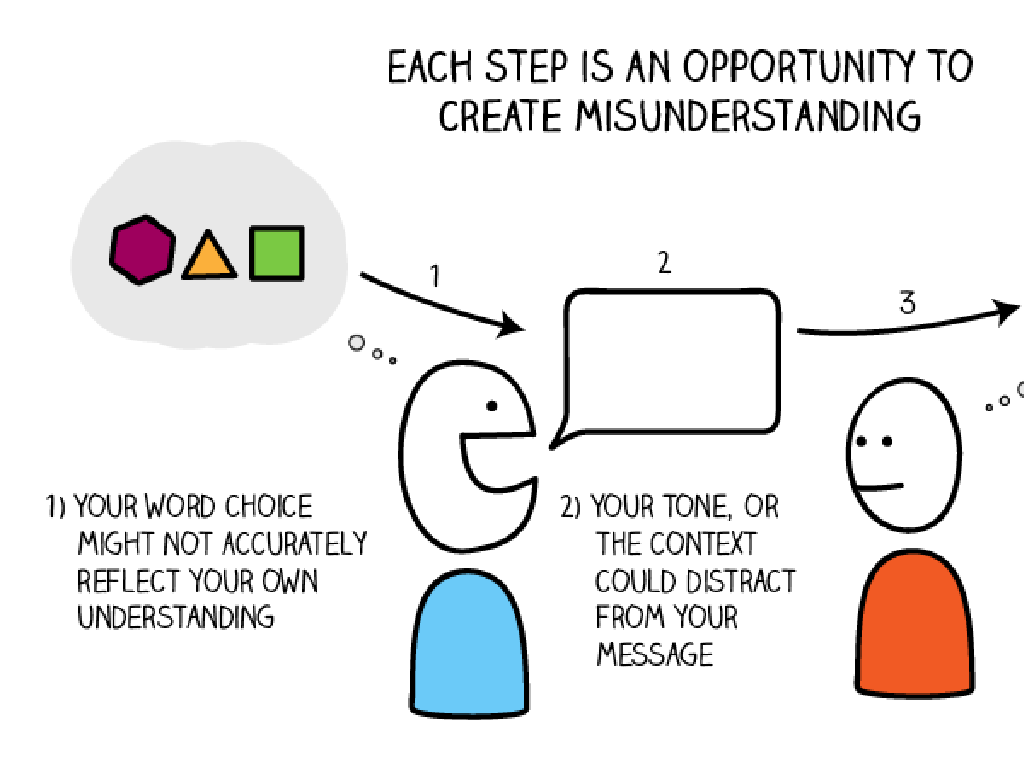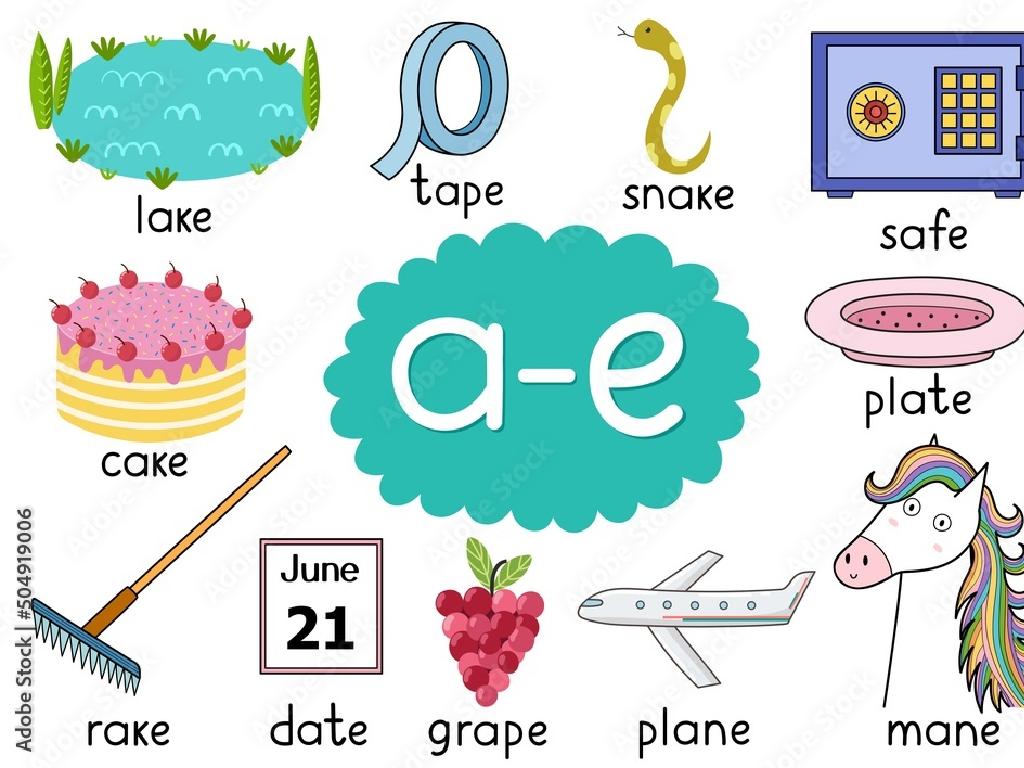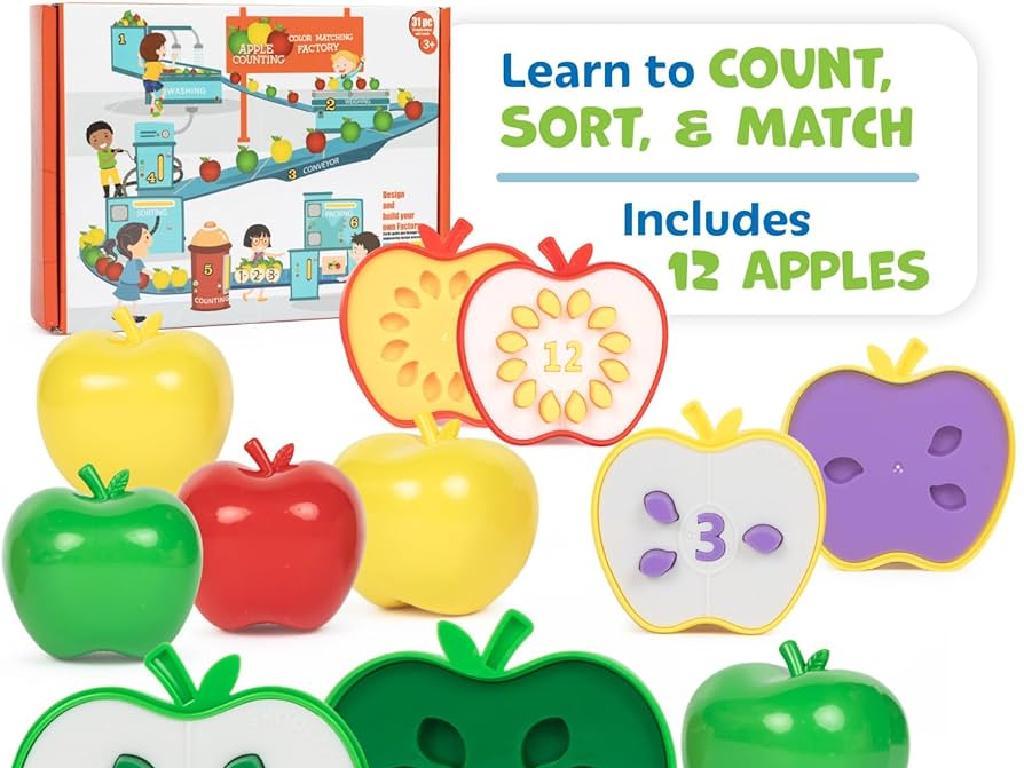Cube Roots Of Positive Perfect Cubes
Subject: Math
Grade: Eighth grade
Topic: Square Roots And Cube Roots
Please LOG IN to download the presentation. Access is available to registered users only.
View More Content
Introduction to Cube Roots
– Difference between square and cube roots
– Defining cube root
– The cube root of a number is a value that, when cubed, gives the original number.
– Recognizing perfect cubes
– Perfect cubes are numbers like 1, 8, 27, 64, which are cubes of whole numbers.
– Cube roots of perfect cubes
– For example, the cube root of 27 is 3, because 3 x 3 x 3 = 27.
|
Begin the lesson by contrasting square roots with cube roots, highlighting that while square roots involve pairs of a number, cube roots involve triples. Define the cube root as the inverse operation of cubing a number. Emphasize the concept of perfect cubes, which are the result of multiplying a whole number by itself twice more. Provide examples of perfect cubes and their cube roots to solidify understanding. Encourage students to memorize the cube roots of numbers 1 through 10 to aid in identifying perfect cubes and calculating their roots.
Understanding Perfect Cubes
– Define perfect cubes
– A number multiplied by itself three times, e.g., 2 x 2 x 2
– List examples of perfect cubes
– Common perfect cubes: 1^3=1, 2^3=8, 3^3=27, 4^3=64
– Visualize 2^3 as a cube
– Imagine a cube with 2 units on each edge, totaling 8 units^3
– Relate cubes to geometry
|
This slide introduces the concept of perfect cubes, which are the result of multiplying a number by itself twice more (n x n x n). Start by defining perfect cubes and then provide examples that students can easily memorize. Use a visual representation to help students understand the geometric interpretation of a cube, such as a 2x2x2 cube model to illustrate 2^3 = 8. Emphasize the relationship between the algebraic expression of cubes and their geometric representation. This will help students grasp the concept of volume in a cube and how it relates to the cube root operation.
Properties of Cube Roots
– Cube root of a product
– The cube root of a product is the product of the cube roots.
– Cube root of a quotient
– The cube root of a quotient is the quotient of the cube roots.
– Cube roots vs. cubing
– Understanding the inverse relationship.
– Simplifying cube roots
|
When teaching the properties of cube roots, it’s essential to convey that operations performed on cube roots follow similar rules to those of square roots. For the cube root of a product, demonstrate with examples like (8*27) = 8 * 27. For the cube root of a quotient, use examples such as (64/8) = 64 / 8. Highlight the inverse nature of cubing and taking the cube root, showing that ( x)^3 = x and that ³ (x^3) = x. This foundational understanding will help students simplify cube roots and solve equations involving them. Provide practice problems for students to apply these properties and solidify their understanding.
Calculating Cube Roots
– Calculate cube roots manually
– Break down the number into its prime factors and group them in threes.
– Use prime factorization method
– 64 can be factored into 2 x 2 x 2 x 2 x 2 x 2. Grouping them in threes (2 x 2 x 2), we find two groups.
– Example: Cube root of 64
– The cube root of 64 is 4, since 4 x 4 x 4 equals 64.
|
This slide is aimed at teaching students how to find cube roots of perfect cubes without the use of a calculator. Emphasize the importance of understanding prime factorization, as it is a key skill in breaking down numbers into their basic building blocks. Use the example of 64 to show how to group the prime factors into sets of three, which corresponds to the cube root. Encourage students to practice with other perfect cubes and to verify their answers by cubing the cube root to check if it gives the original number. Provide additional examples for practice, such as finding the cube root of 27, 125, and 216.
Real-World Applications of Cube Roots
– Cube roots in volume calculations
– To find the edge of a cube, take the cube root of its volume.
– Cube roots in science and engineering
– Used to calculate densities, material properties, and scientific models.
– Finding cube side from volume
– If a cube’s volume is 27 cubic units, its side length is 3 units.
– Practical implications of cube roots
|
This slide aims to show students how cube roots are applied in real-world scenarios, particularly in calculating the volume of a cube and its applications in science and engineering. Understanding cube roots is essential for solving problems related to three-dimensional space, such as determining the side length of a cube when its volume is known. This concept is widely used in various fields, including physics, engineering, and architecture, where precise measurements are crucial. Encourage students to think of other examples where they might need to use cube roots in real life, and discuss the importance of these mathematical concepts beyond the classroom.
Cube Root Challenge: Exploration Activity
– Find cube roots in your environment
– Group activity: construct cubes
– Use blocks to build cubes and determine their volume
– Individual task: cube root of locker number
– If your locker number is a perfect cube, calculate its cube root
– Share findings with the class
|
This interactive class activity is designed to help students apply their knowledge of cube roots to real-world contexts. Students will start by identifying cubic numbers in their surroundings, such as room dimensions or objects that are shaped like cubes. In groups, they will then build cubes using any available materials and find the volume by calculating the cube root. Individually, students will attempt to calculate the cube root of their locker number, provided it’s a perfect cube. This task encourages students to recognize perfect cubes and understand the concept of cube roots in a fun and engaging way. The activity concludes with students sharing their findings, promoting discussion and reinforcing the learning objectives. For the teacher: Prepare a list of possible cube root challenges, ensure there are enough materials for cube construction, and have a backup plan for students whose locker numbers are not perfect cubes.
Review: Cube Roots of Perfect Cubes
– Recap cube roots of perfect cubes
– A cube root of a number x is a number y such that y^3 = x
– Open floor for student questions
– Discuss difficulties and insights
– Share any challenging problems or a-ha moments
– Encourage peer discussion
– Students can learn from each other’s experiences
|
This slide is meant to consolidate the students’ understanding of cube roots of positive perfect cubes. Begin with a brief recap, highlighting that the cube root of a number is a value that, when cubed, gives the original number. Encourage students to ask questions they may have about the topic, fostering an open and supportive environment. Facilitate a discussion on any difficulties encountered or insights gained during the learning process, allowing students to articulate their thought processes and learn from their peers. This interactive session aims to reinforce concepts and promote collaborative learning.
Cube Roots Homework Assignment
– Practice cube root problems
– Solve various problems to strengthen understanding of cube roots.
– Find real-world perfect cubes
– Look for objects around you shaped like a cube and measure their volume.
– Study for upcoming roots quiz
– Review both square roots and cube roots to prepare for the quiz.
|
This homework assignment is designed to reinforce the students’ understanding of cube roots through practice problems. Encourage them to apply their knowledge by identifying real-world objects that are perfect cubes, such as dice or Rubik’s cubes, and to consider their volumes. This activity will help them visualize the concept of cube roots in a tangible way. Additionally, students should review their notes and previous lessons on both square roots and cube roots to ensure they are well-prepared for the upcoming quiz. Provide them with study tips, such as creating flashcards or forming study groups, to enhance their learning experience.






